The best plank-variations for a stronger Core
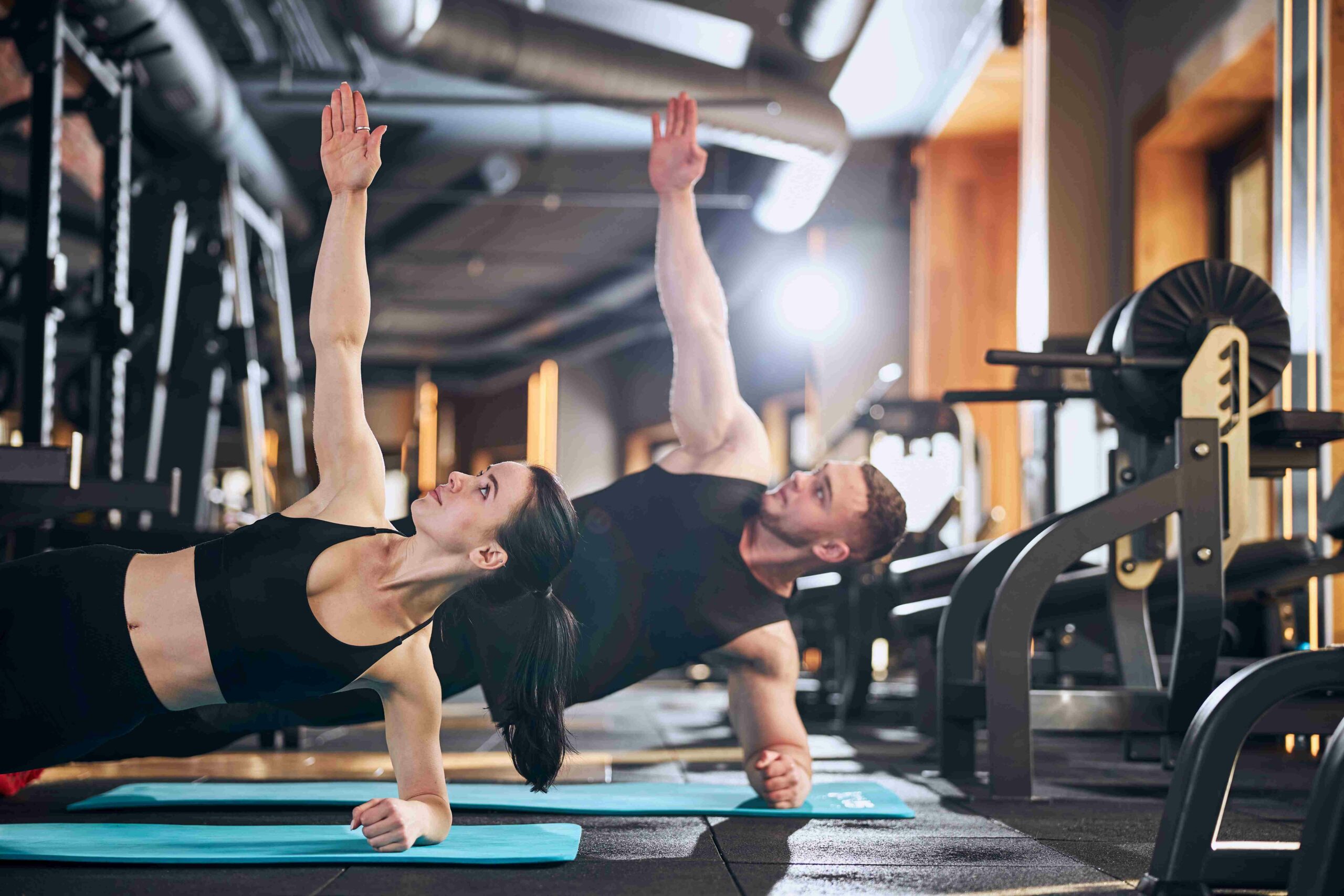
Top performances in sport always cause astonishment. Particularly impressive is the world record of the Chinese Mao Weidong. For eight hours and one minute, he was able to hold the plan position. This is not recommended for imitation. But planks and plank-variations to a reasonable degree should be part of every good fitness program.
What planks make so valuable
About 150 muscles are located around the spine and form the so-called core. This serves as the starting point for almost all the movements we perform. The stronger the core, the better a large part of our body functions. In sports and fitness, the core muscles have two main functions: It protects the spinal column from the stresses and strains that occur and it transmits the forces that arise. For example during jumping or fast running movements. If the core is too weak, the forces evaporate.
The consequences of a core that is too weak
If the core muscles are too weak, the risk of injury and back pain also increases. The spine and all surrounding structures are exposed to higher loads. If the abdominal muscles are weak, the pelvis tilts forward more easily. The result is a hollow back. What should interest runners above all: Knee and hip pain can also occur more frequently because the forces can no longer be properly balanced by an untrained trunk. Reasons enough, therefore, to make regular planks and plank-variations.
First the normal plank, then plank variations
Planks don’t look very heavy, but they are a real challenge. Sporty beginners and those who have not been training for that long should first master the two standard planks. To do this, you either support yourself on your forearms and feet or hands and feet. The whole body forms a straight line from head to toe. The buttocks and all muscles around the abdomen and back are tensed. Nevertheless, you should try to breathe evenly.
- Beginners should start with 3 x 20 seconds and take a 30-second break in between.
- If you do planks two or three times a week, you can increase by 5 to 10 seconds per week.
- If you are able to last up to 60 to 90 seconds, you can extend the program by adding plank-variations.

Long arm plank 
Traditional plank
Plank-variations for advanced
The following exercises are for those whose core is already strong enough to perform them technically correct. Depending on the exercise, additional muscles are used. Some of them also improve balance and strengthens the important deep muscles.
Rainbow planks
You go into the forearm plank and alternate the hips right and left towards the floor as if you were tracing a rainbow. Proceed slowly and in a controlled manner. With this exercise, you also train the oblique abdominal muscles.

To the left side 
to the right side
Ups and downs
You go into the forearm plank and push up into the longarm plank, supporting yourself first on the right and left. Then return to the right forearm and the left forearm. Keep alternating the hand you use first. With this exercise, you additionally train the triceps and your shoulder muscles.
Hip-up planks
From the forearm plank, push your hips upward so that your body forms an inverted V. Once you reach the highest point, slowly lower your hips in a controlled manner. This exercise additionally trains your thigh muscles and your chest and shoulder muscles.
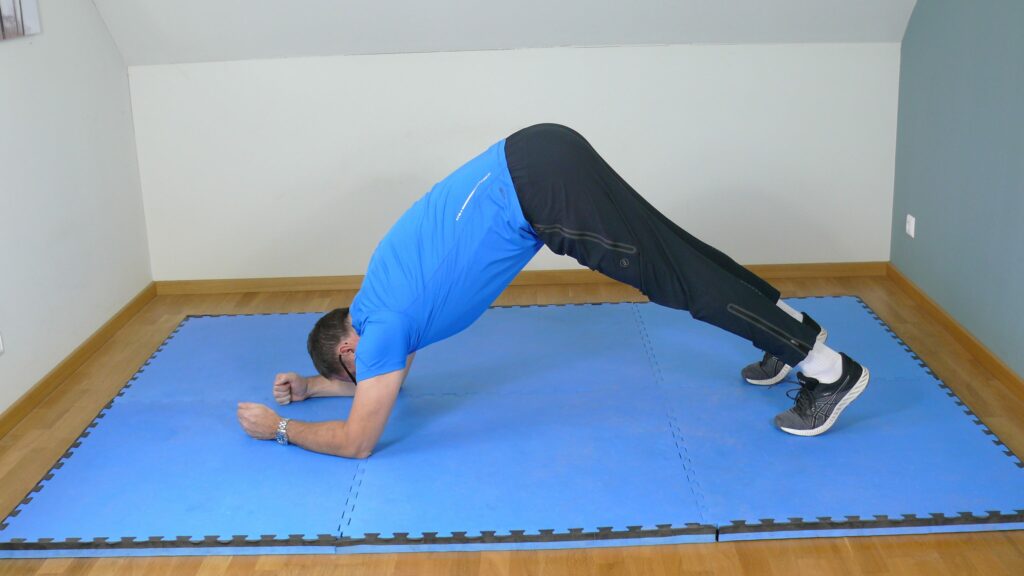
Spiderman
You get into the long arm plank and then alternately sometimes the right, sometimes the left knee outwards towards the elbow and back again. This exercise additionally trains the thigh muscles, flexibility, and balance skills. If you are very agile, you can also perform the Spiderman in the forearm plank.
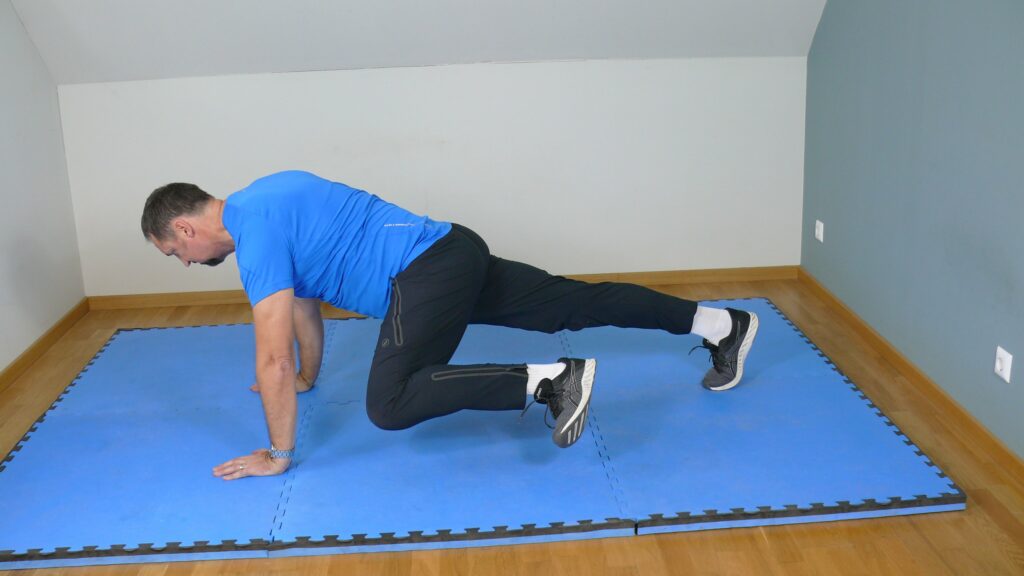
Knee to elbow
You start in the long arm plank position, pass the right knee to the left elbow under the body, and then the left knee to the elbow. These exercises have an additional effect on the gluteal muscles and train flexibility and balance skills.
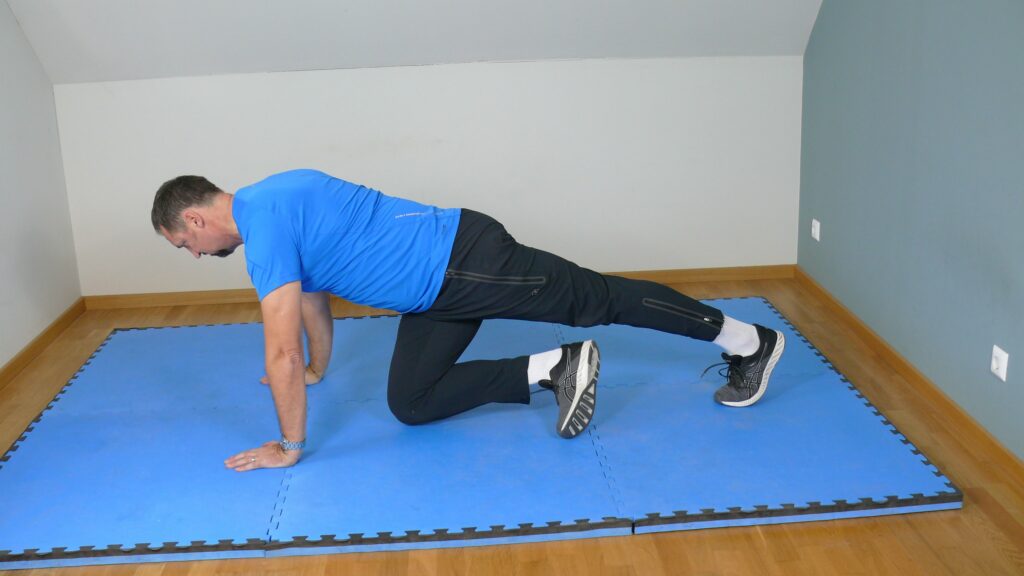
Side plank
You assume the side plank position, supporting yourself only on one forearm. You can place your feet on top of each other or in front of each other. The body forms a straight line from head to ankle. The hand on top can either be supported on the hip or, more challenging, brought upwards. If you are not fit, you can also bend the lower leg. Advanced exercisers can also lower and raise the hips ever so slightly. This exercise trains the lateral abdominal muscles and makes a slim waist.
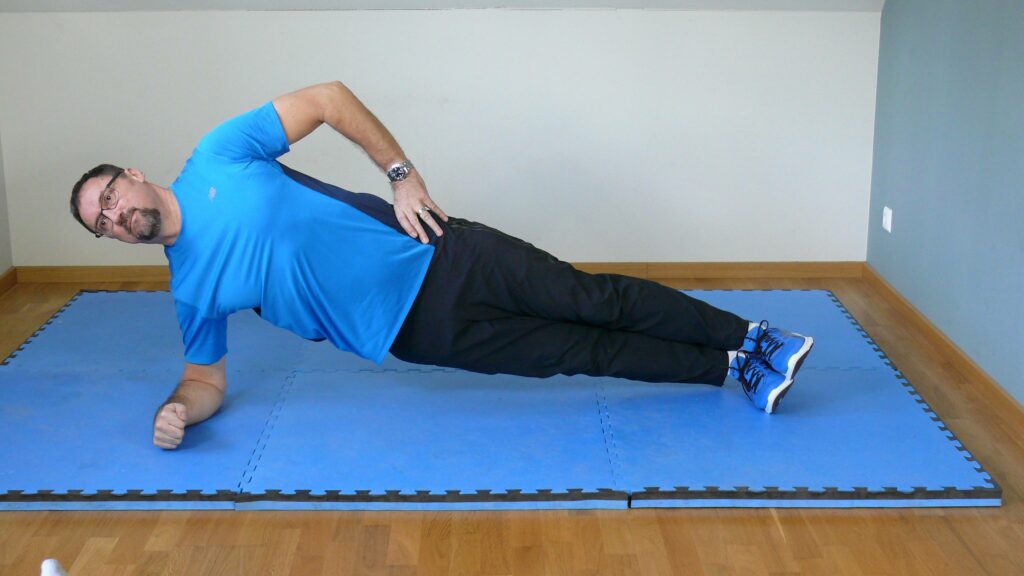
Lateral single arm lift
Go into the long arm plank and then alternately lift the right and the left arm sideways up to the horizontal. Particularly fit people can also do this with dumbbells. With this exercise, you also train your shoulder muscles and balance skills.
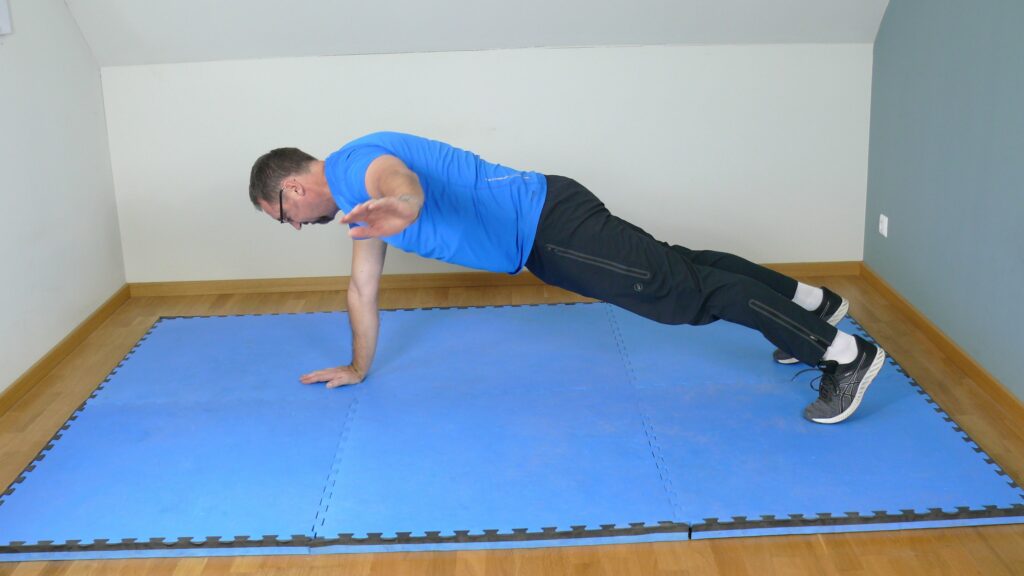
A few tips for training the plank variations
First of all, no one should imitate the Chinese. How it is possible to remain in the plank position for eight hours is hard to imagine anyway. It makes as little sense to do all the plank variations in one workout. It is better to choose one, two, or three exercises and then integrate them into the workout and not perform them one after another. Depending on your fitness level, you can do 3 sets of 30 to 60 seconds in length. Be sure to complete the entire time correctly. If you start to sag or stop breathing, it is better to reduce the load time.
1 thought on “The best plank-variations for a stronger Core”